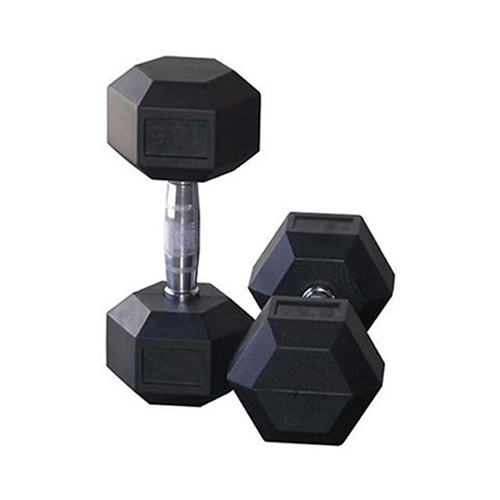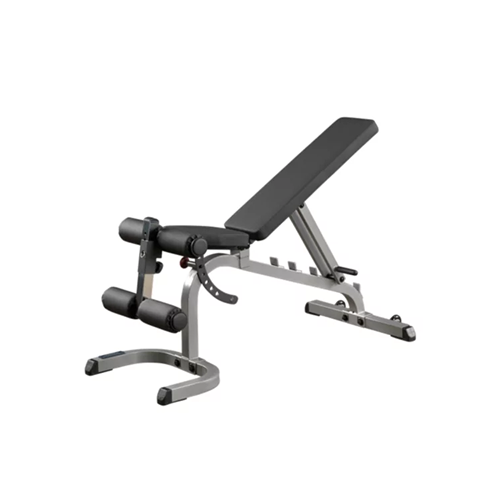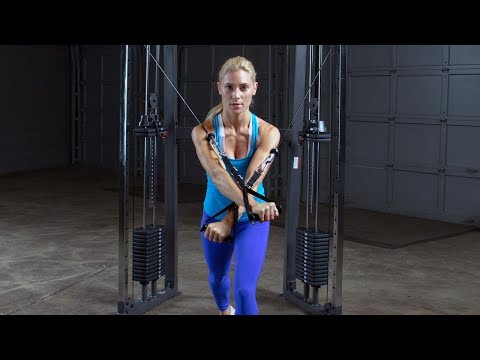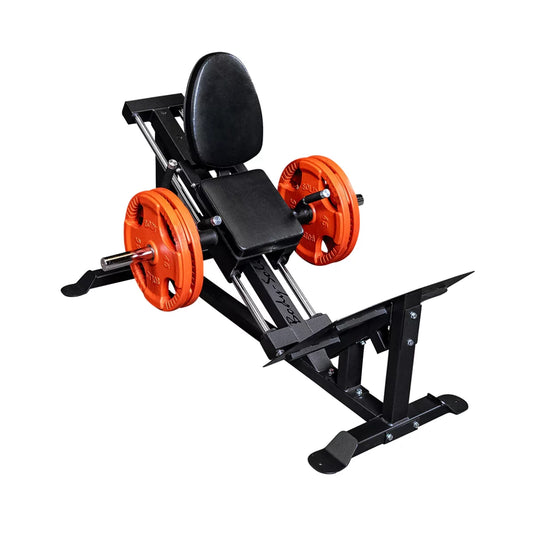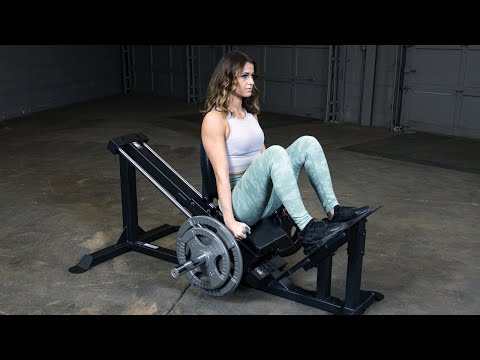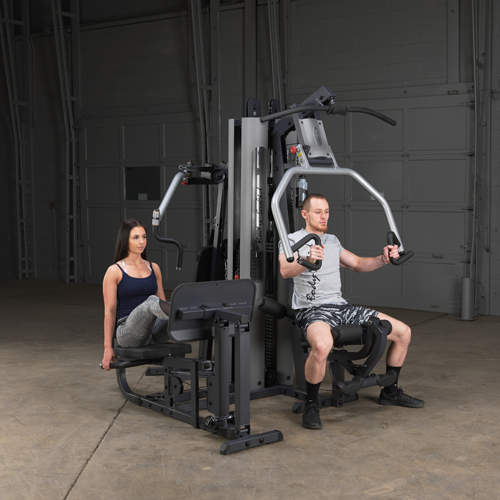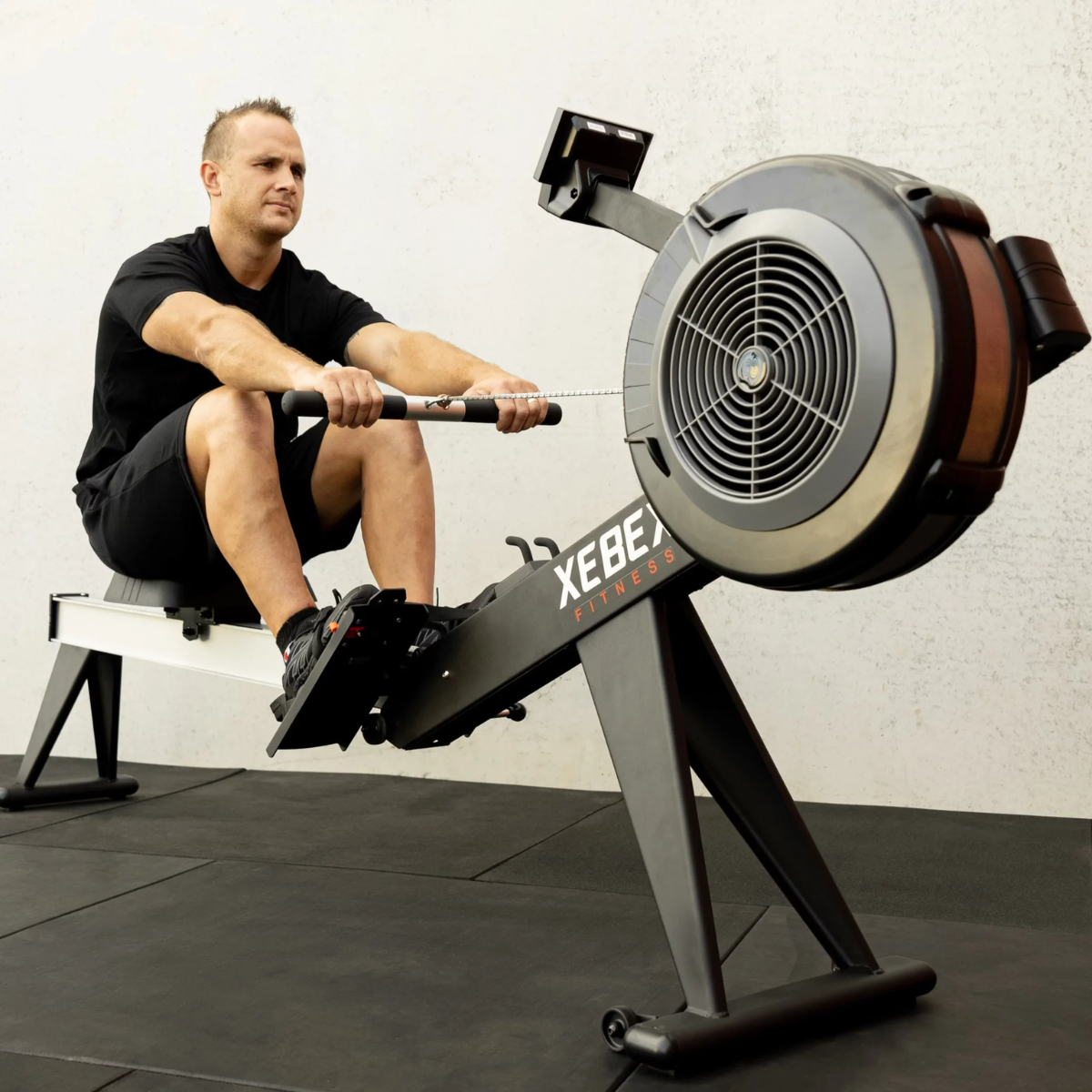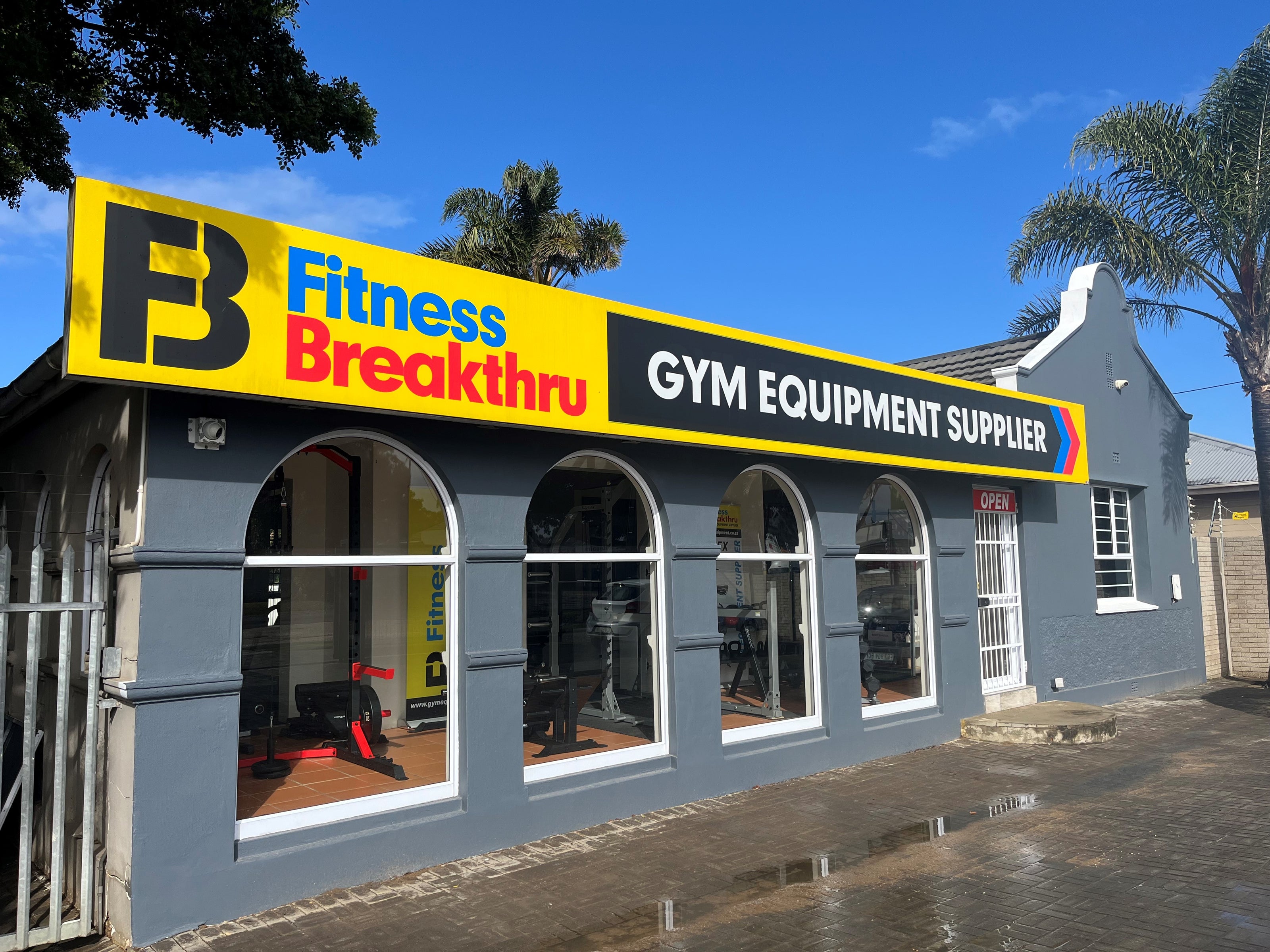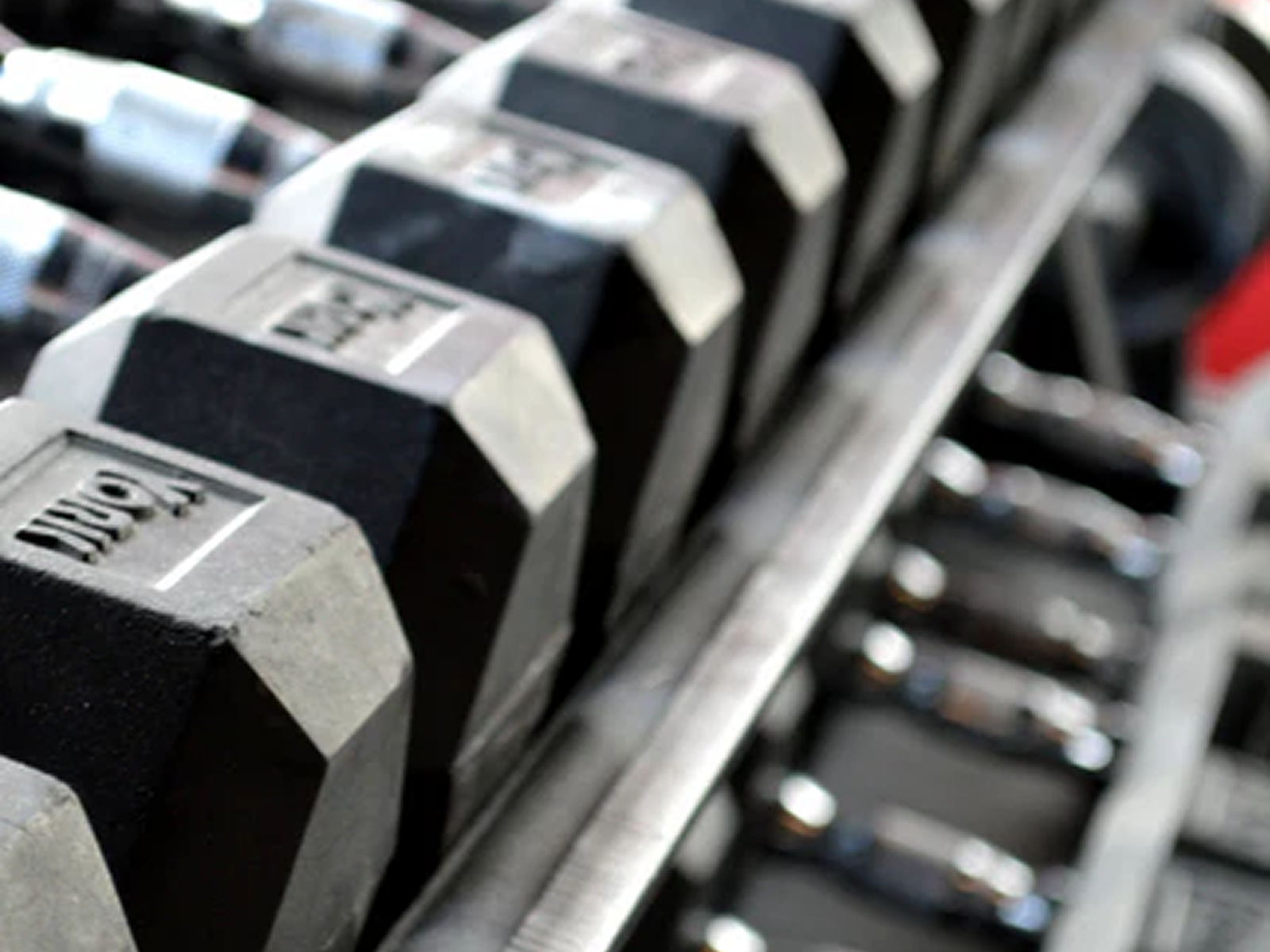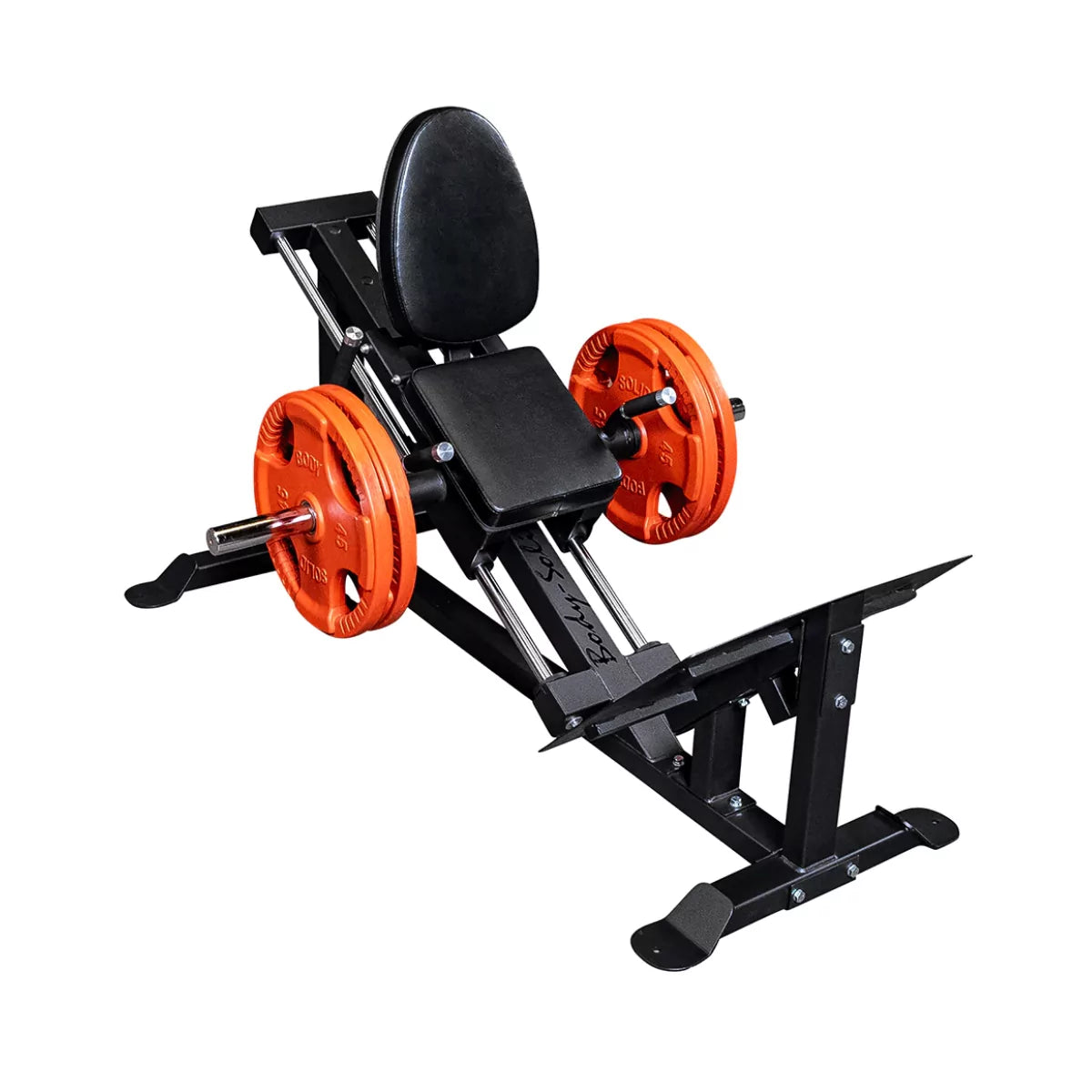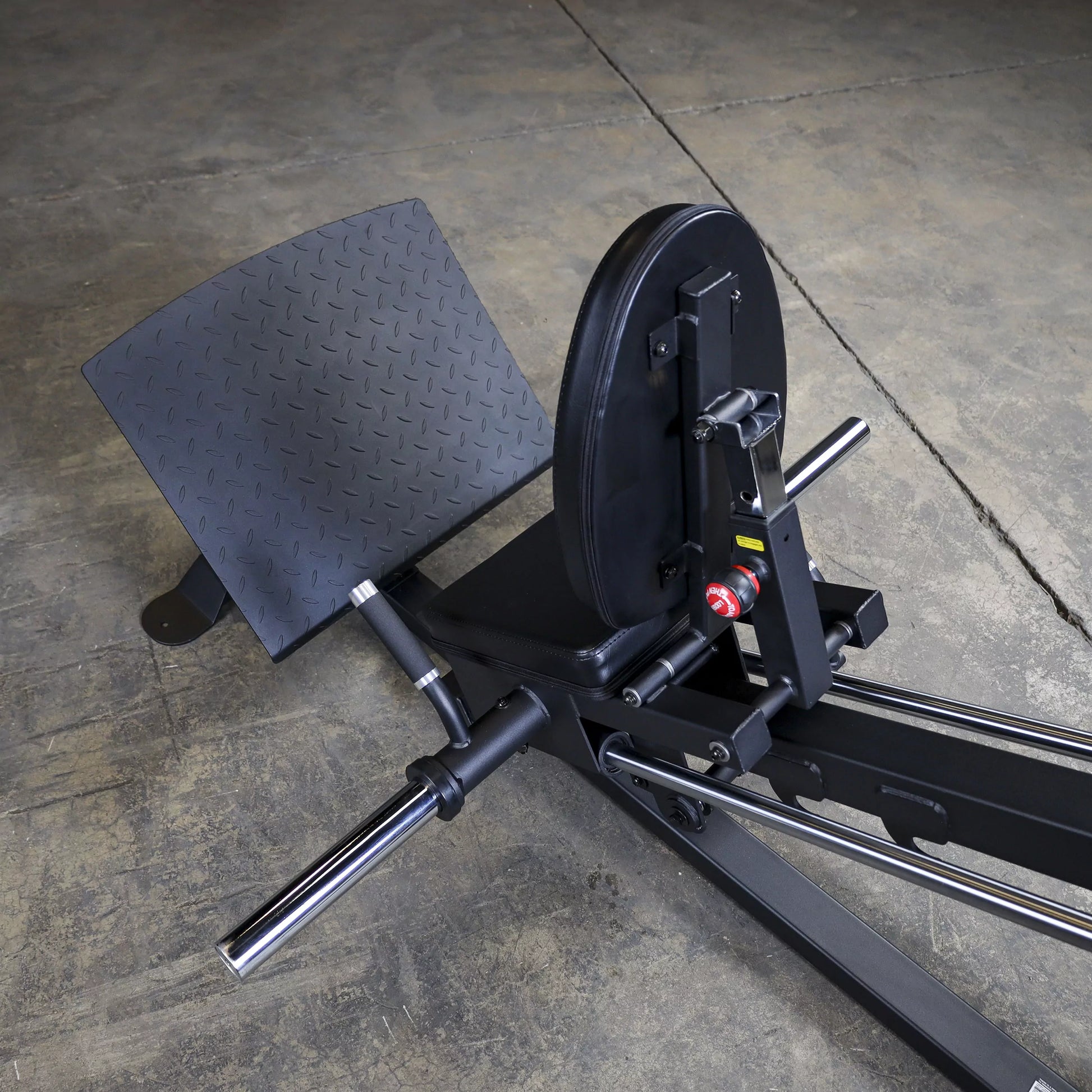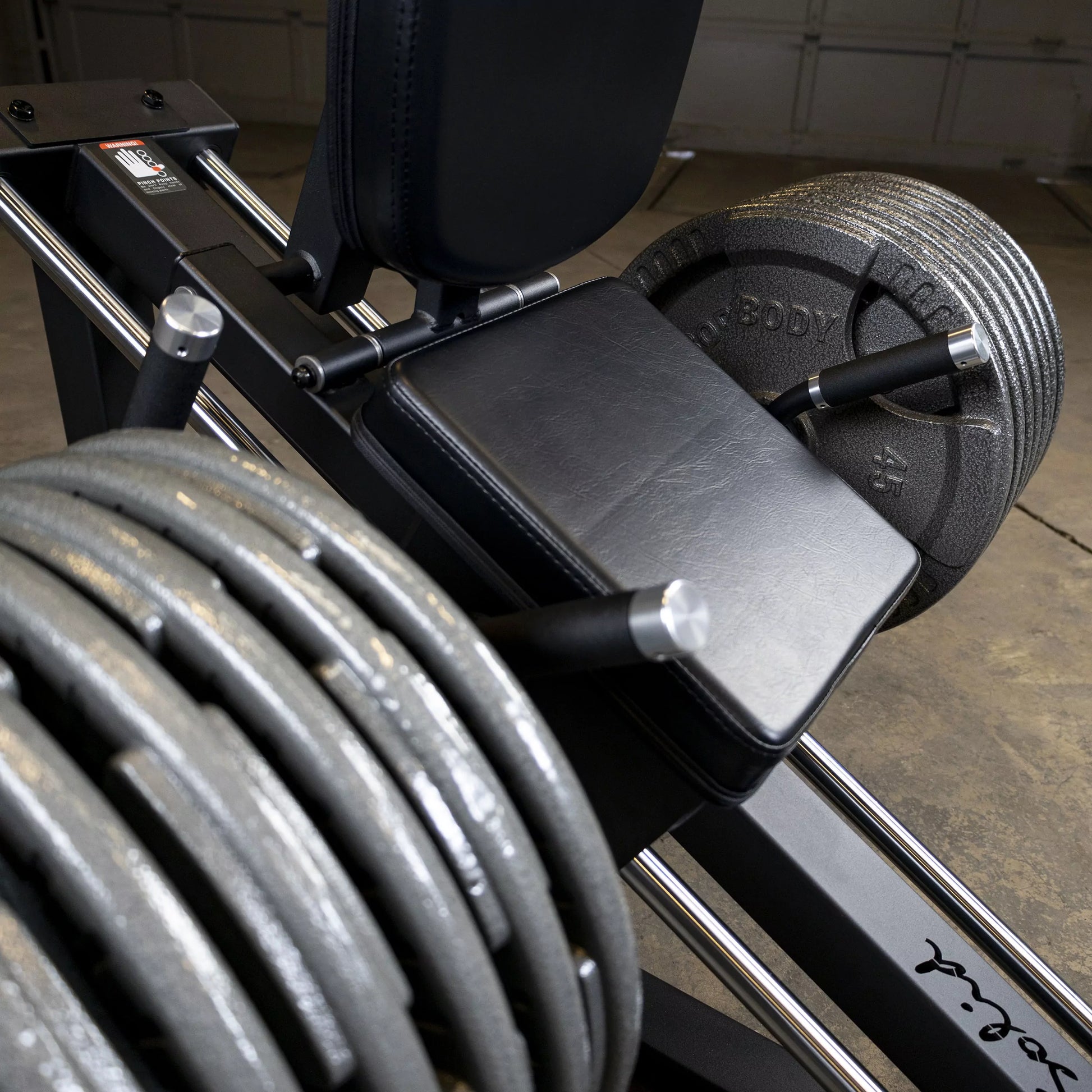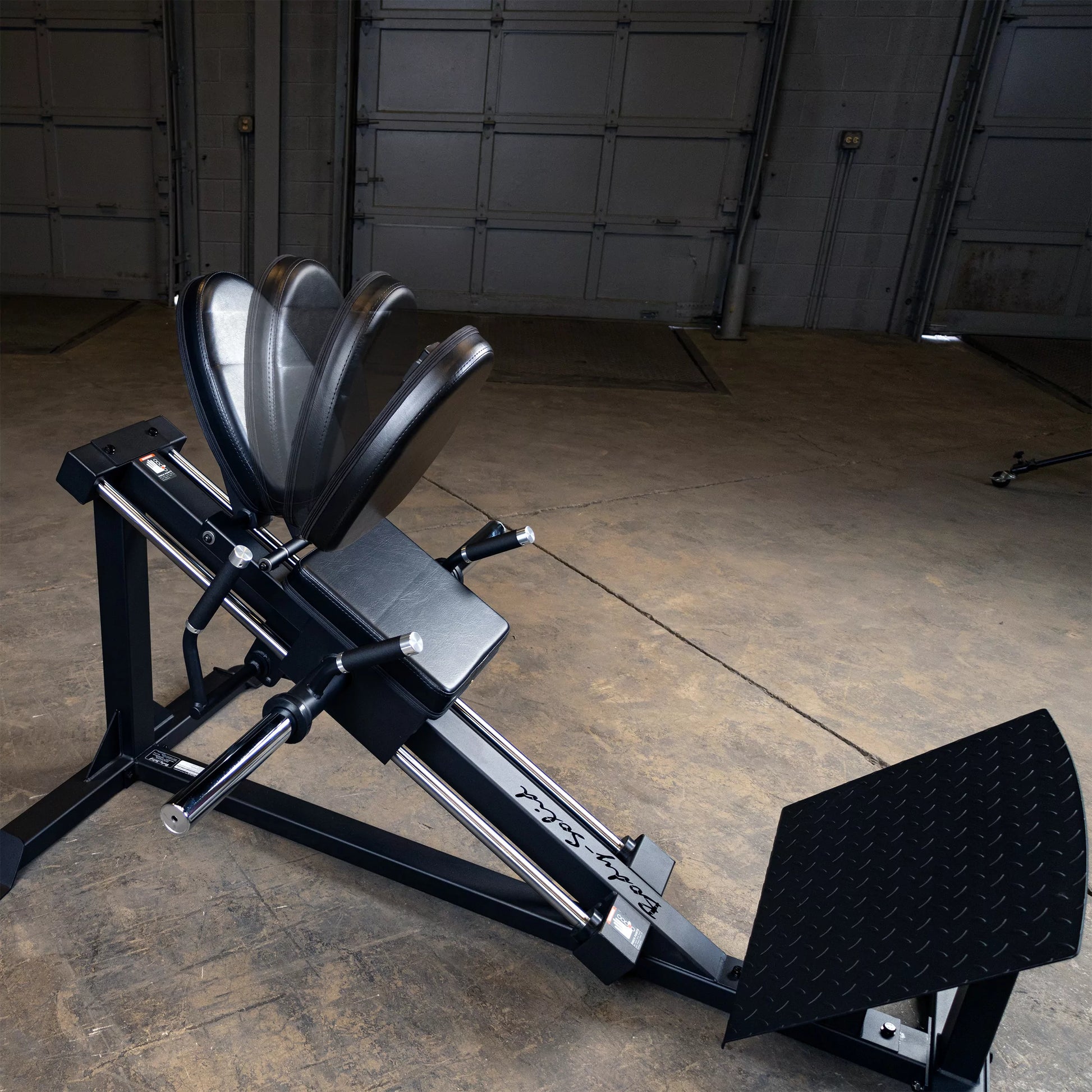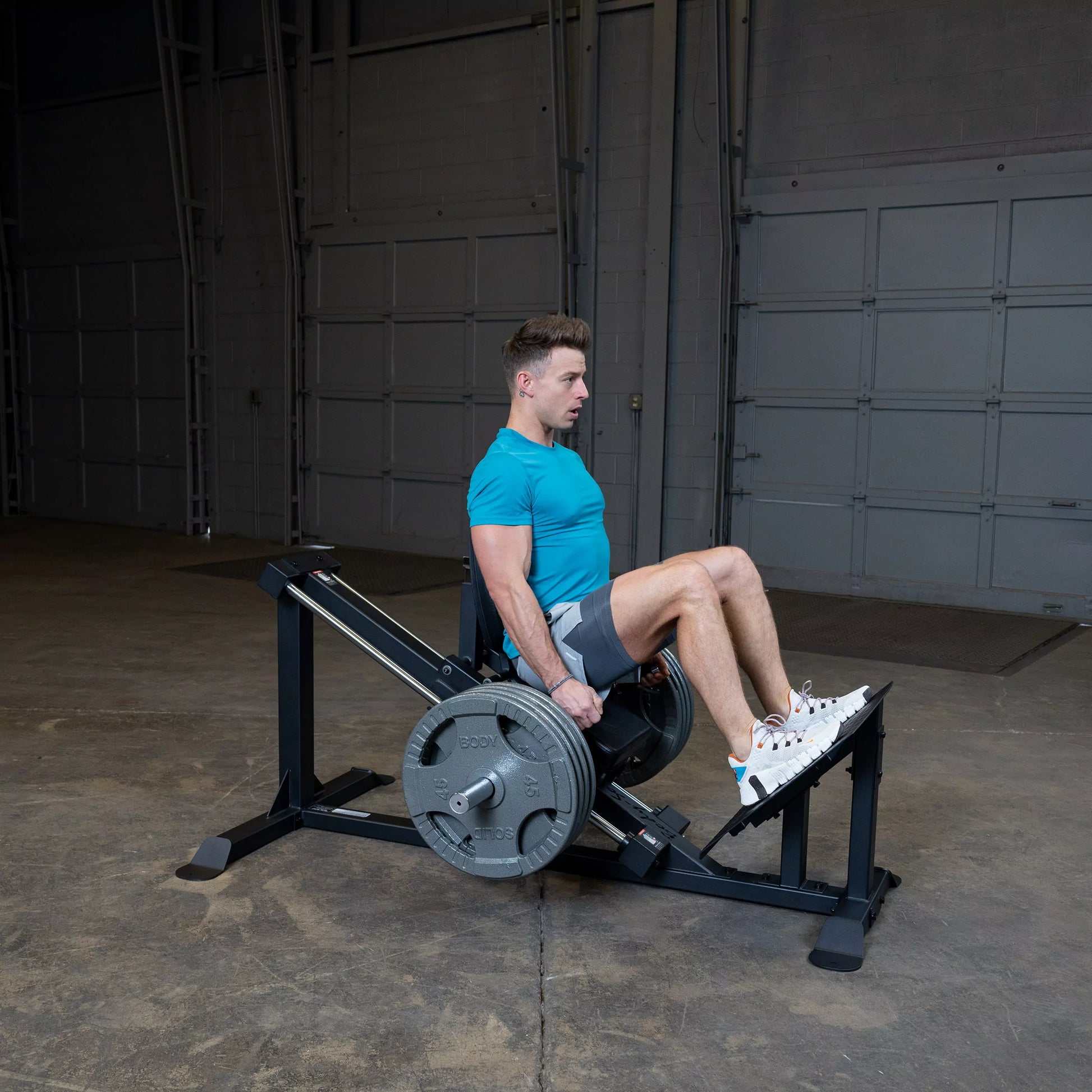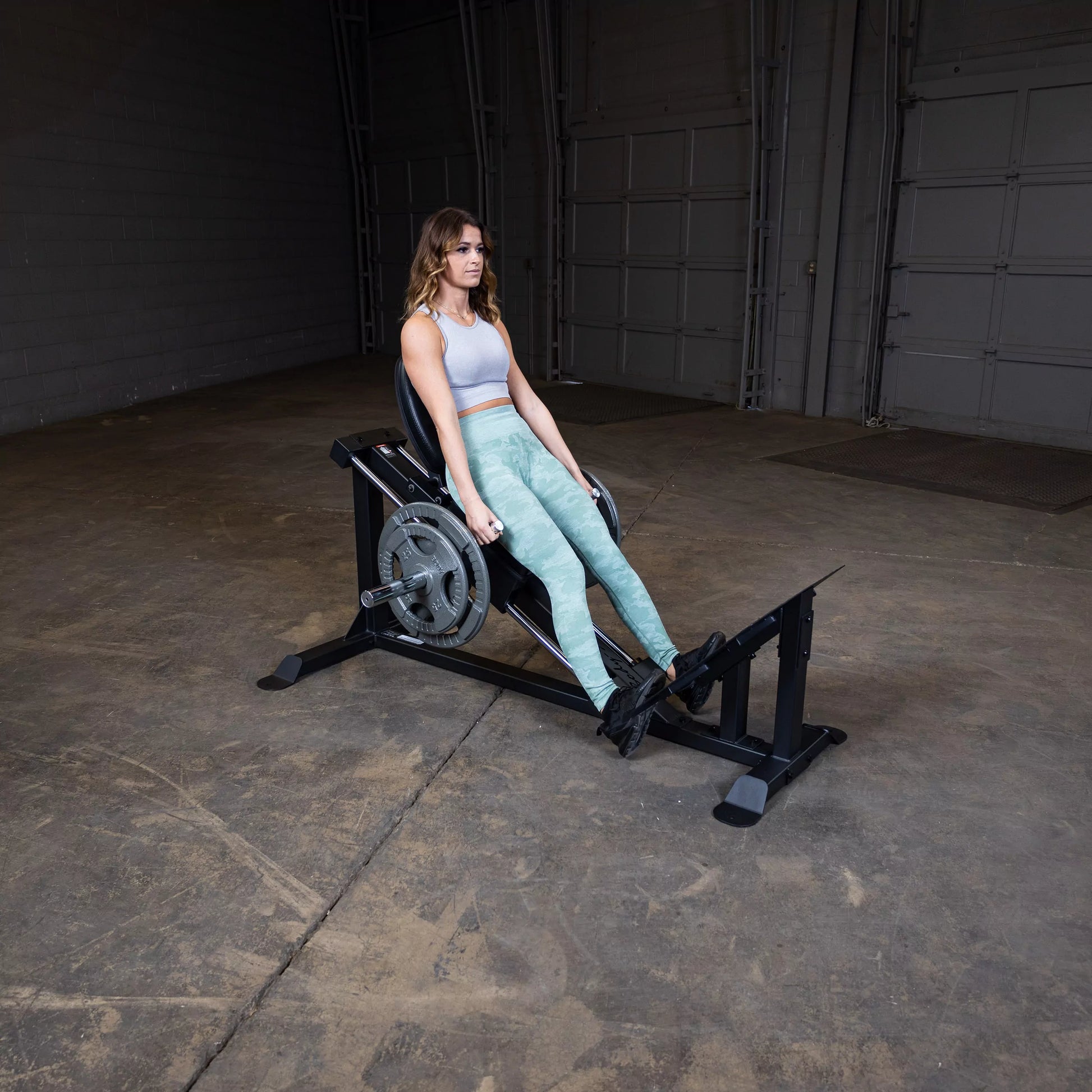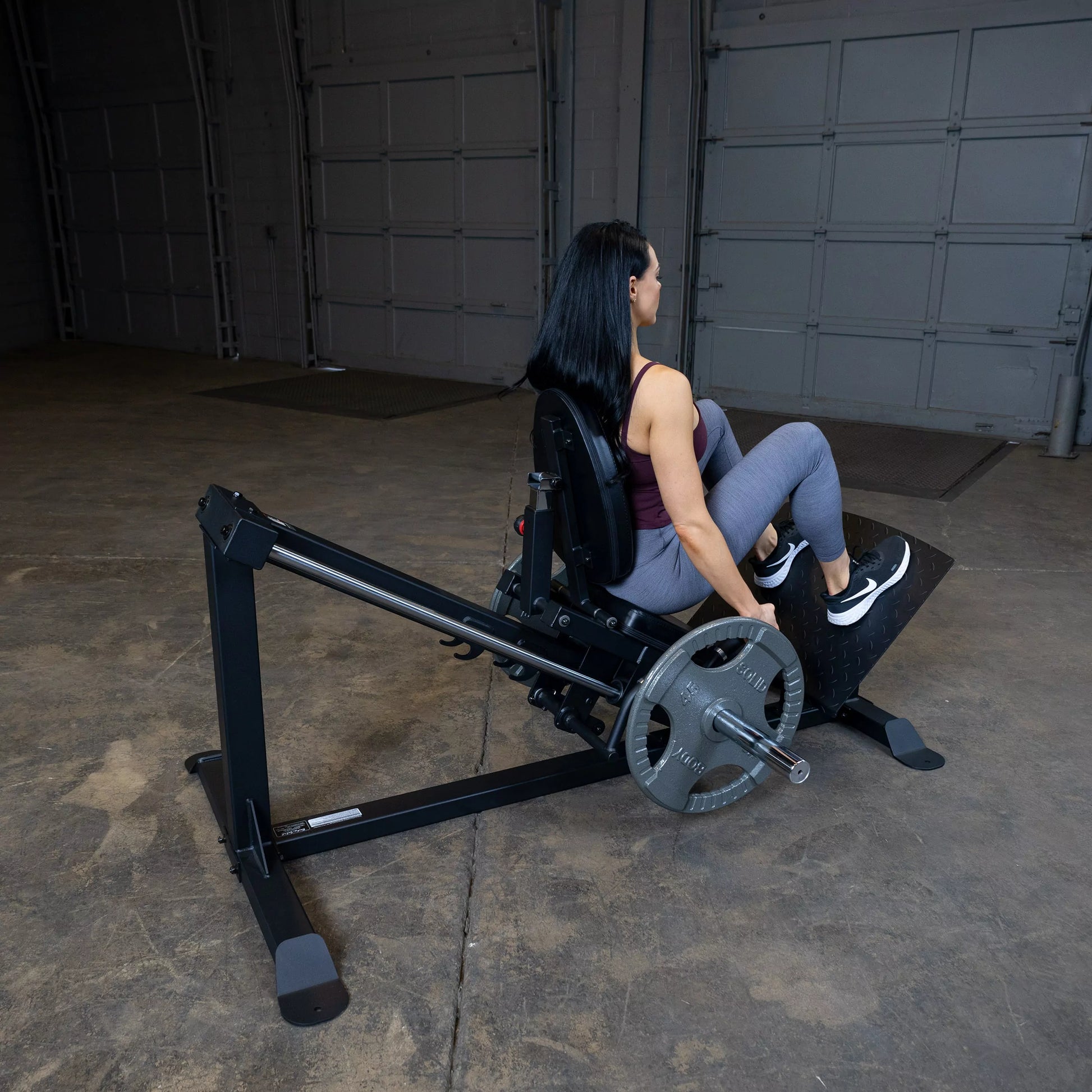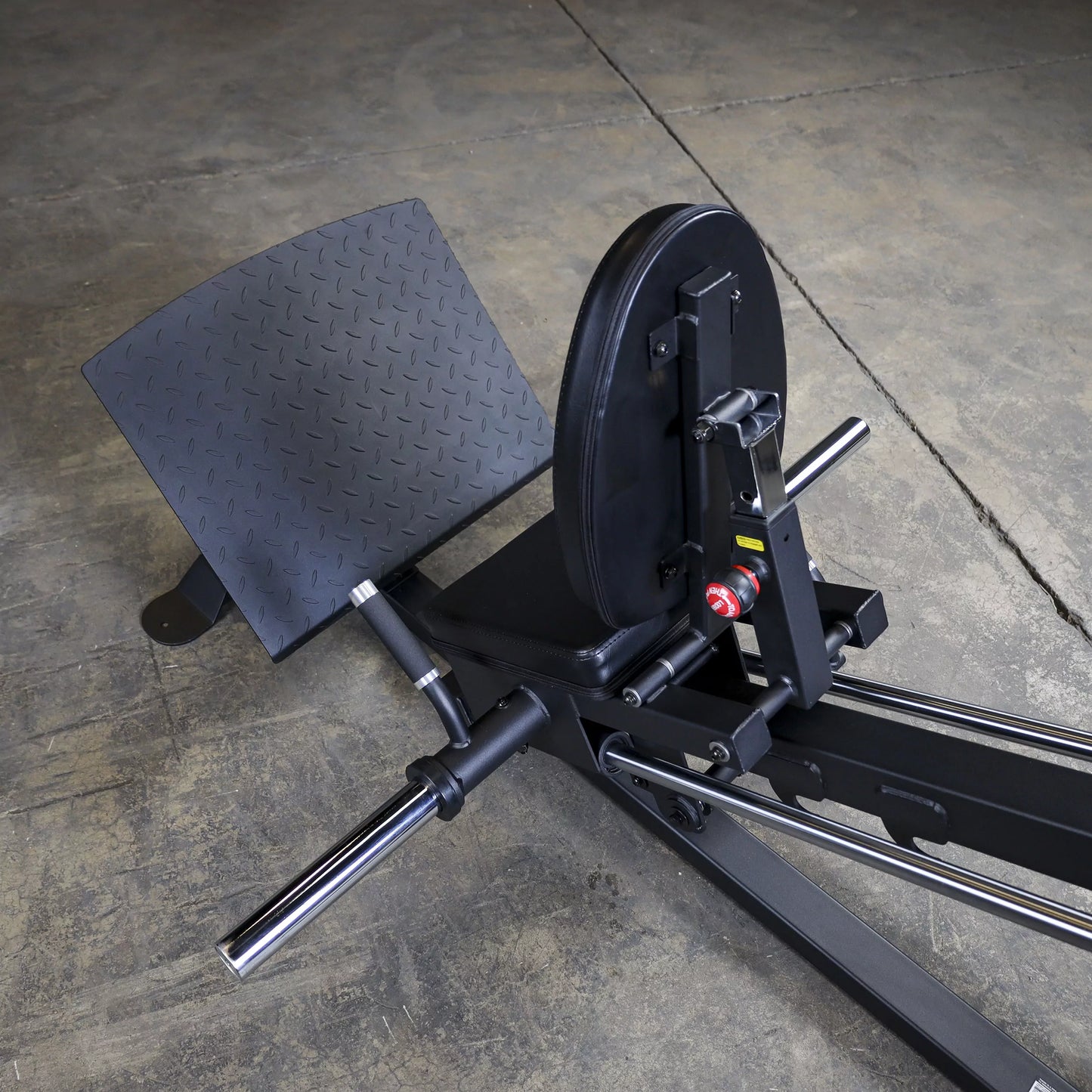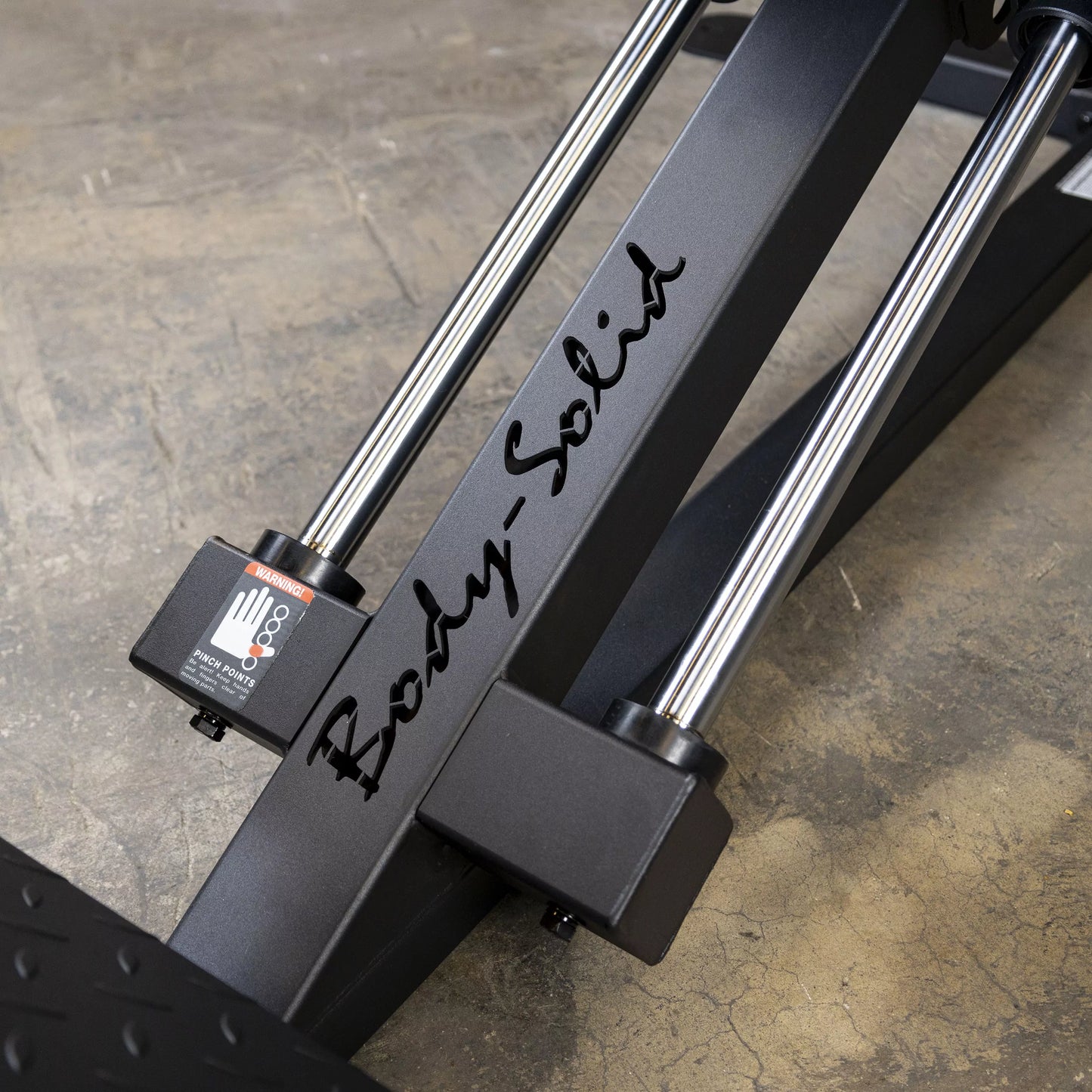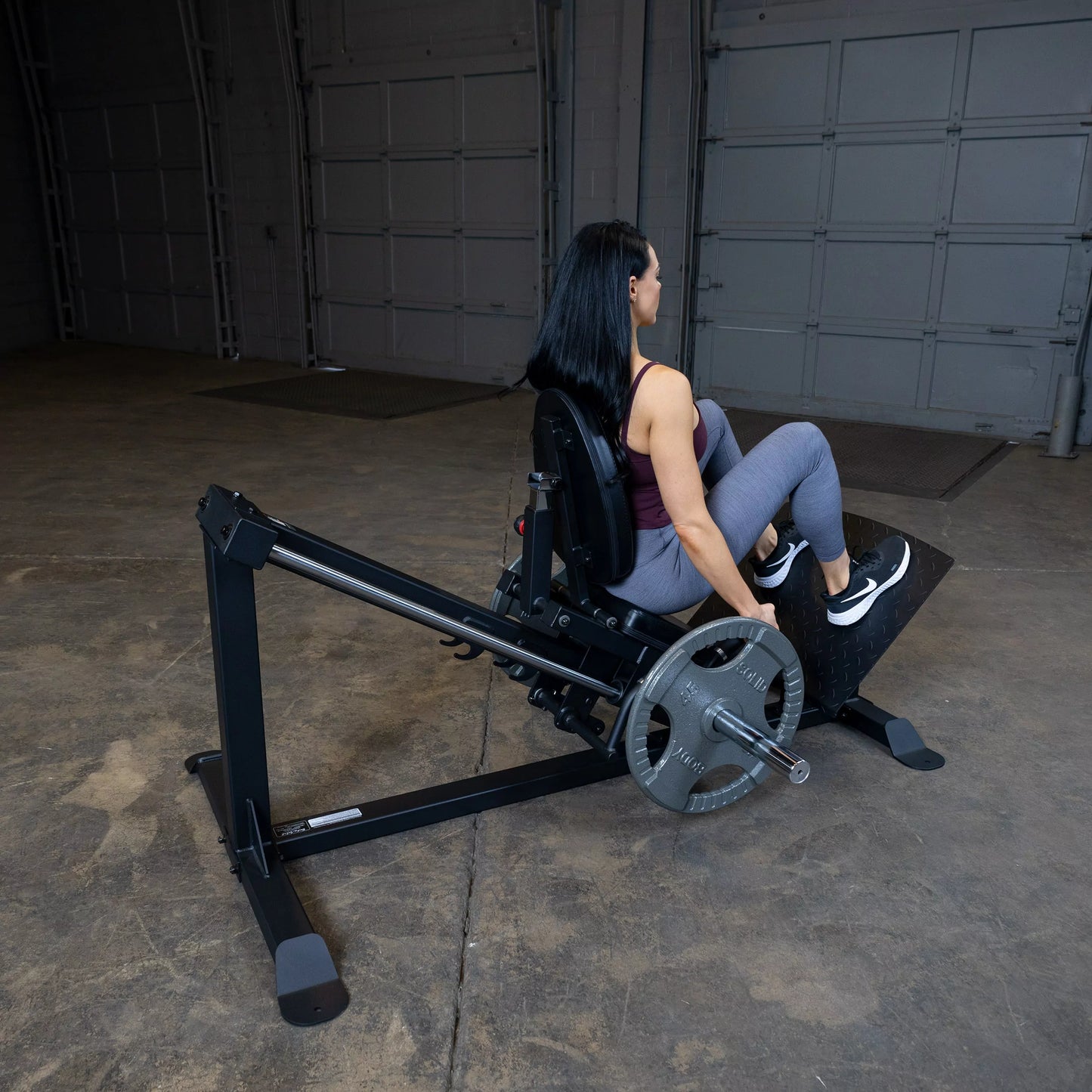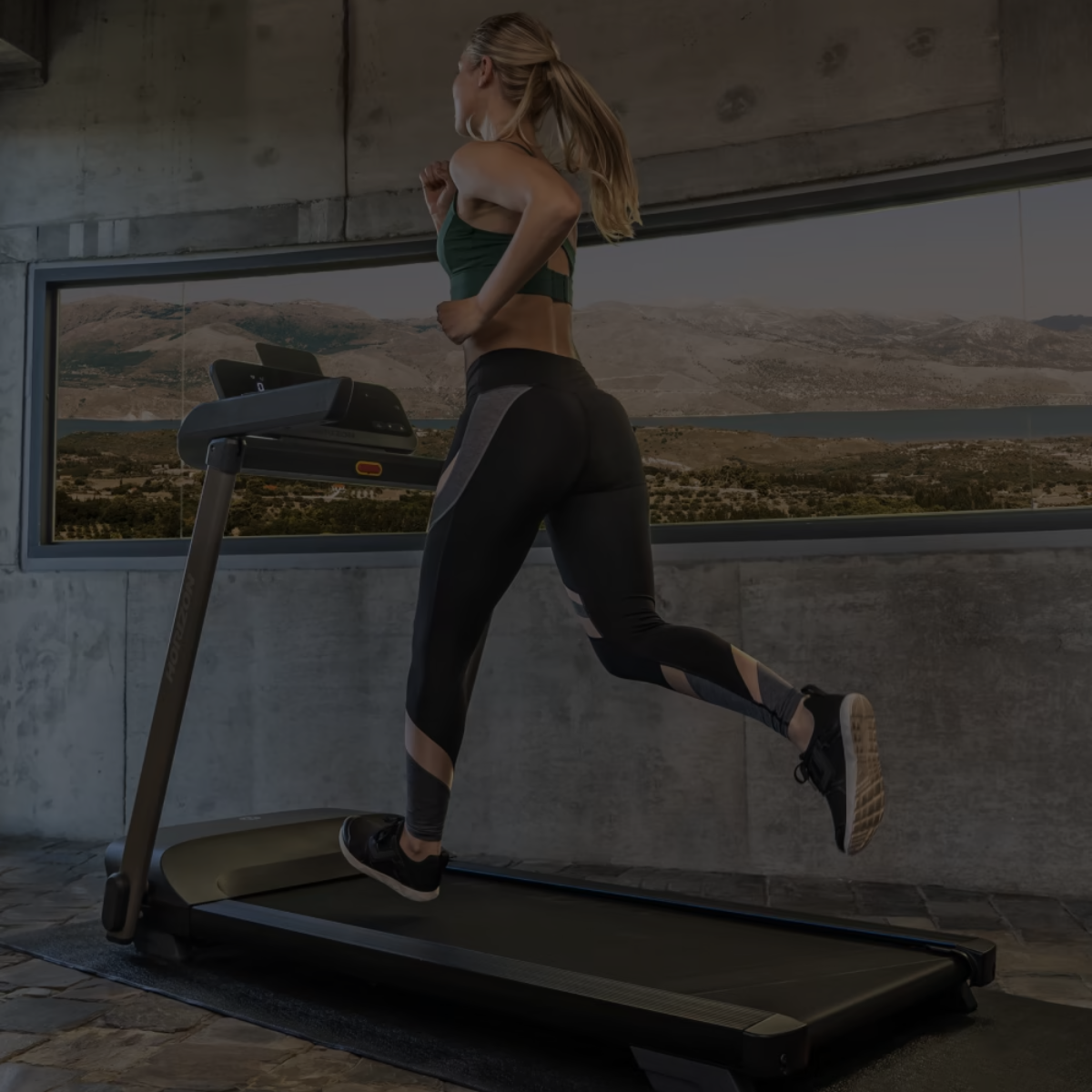
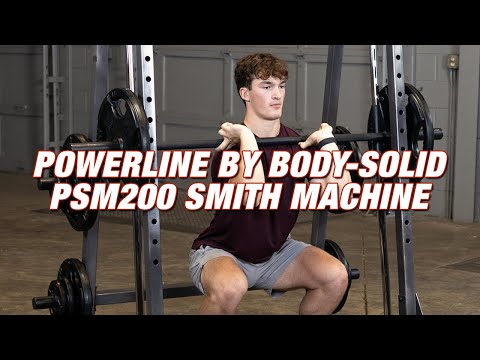
strength
Powerline Smith Machine
Regular price
R 16,850.00
Regular price
R 18,850.00
R 16,850.00
Sale price
Unit price
/
per
Sold Out

strength
Steelflex Commercial Leg Extension
Regular price
R 21,850.00
Regular price
R 29,850.00
R 21,850.00
Sale price
Unit price
/
per
Sale

strength
Steelflex Commercial Leg Curl
Regular price
R 16,850.00
Regular price
R 24,850.00
R 16,850.00
Sale price
Unit price
/
per
Sale


strength
Commercial Flat & Incline Bench
Regular price
R 9,850.00
Regular price
R 15,850.00
R 9,850.00
Sale price
Unit price
/
per
Sale


strength
Body-Solid 45° Hyperextension
Regular price
R 6,850.00
Regular price
R 10,850.00
R 6,850.00
Sale price
Unit price
/
per
Sold Out

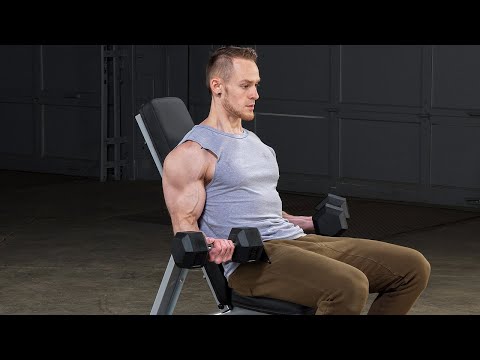
strength
Body-Solid Foldable Bench
Regular price
R 7,850.00
Regular price
R 9,850.00
R 7,850.00
Sale price
Unit price
/
per
Sold Out
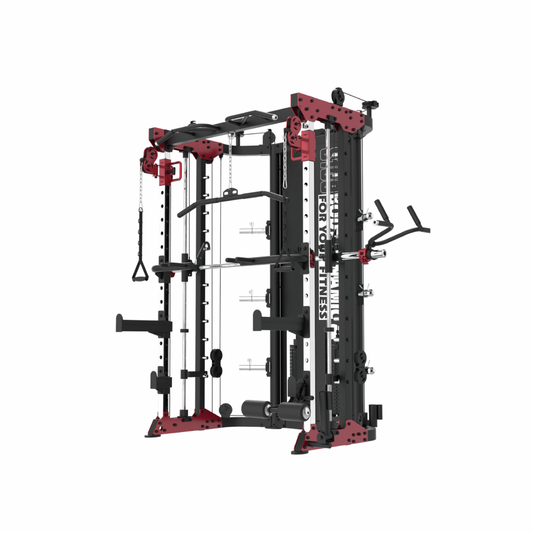
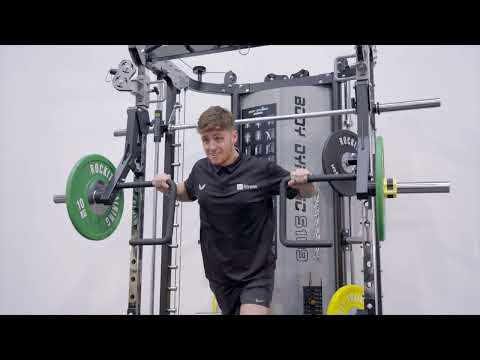
strength
Body Dynamic S109 All-In-One Smith Machine Cable Crossover
Regular price
R 59,850.00
Regular price
R 66,850.00
R 59,850.00
Sale price
Unit price
/
per
Sold Out



